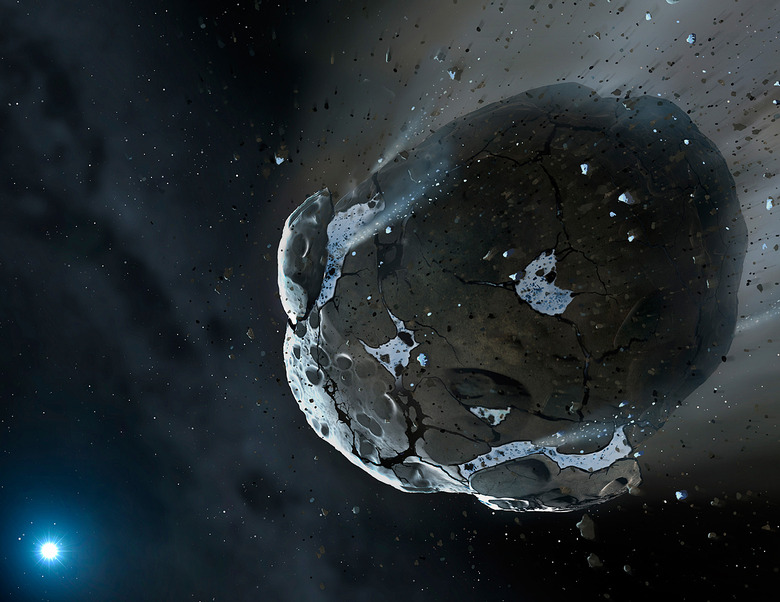The Dinosaur-Killing Asteroid Produced A Tsunami That Devastated Coasts Around The World
The massive space rock that slammed into our planet some 65 million years ago sparked a planet-wide extinction event that ultimately pushed dinosaurs to extinction and gave mammals a chance to gain a foothold. Different parts of the planet were affected in different ways, and new research shows that Earth's oceans and coastal regions dealt with their own hardship in the wake of the strike.
It goes without saying that anything in the immediate vicinity of the asteroid impact was utterly destroyed, but a new study suggests the location of the strike on the coast of present day central america caused a massive tsunami straight out of our worst nightmares.
We know how devastating tsunamis can be, and mankind has had to deal with massive killer waves produced by volcanic eruptions and earthquakes on a fairly regular basis. However, the immense wave created by the Chicxulub impact might have been close to a mile high, according to new research presented at the American Geophysical Union conference.
As Live Science reports, the researchers had to build a new computer model in order to accurately predict how the impact would have affected the impact area and ocean surrounding the strike location. Initially, a computer simulation was used to model the ten minutes immediately after the impact, with a second model used to predict how the wave itself moved across the globe.
The models suggested that in the Gulf of Mexico the waves moved incredibly fast, with speeds as high as 89 miles per hour. But it wasn't just in the gulf that massive waves spread. The models showed waves pushing across all the world's oceans, with some waves measuring just 13 feet tall but others towering hundreds of feet above sea level.
The massive waves would have devastated coastal regions and seriously disrupted sea life, and those effects were in addition to the massive cloud of debris thrown aloft by the asteroid. The overcast skies killed off plant life over time and disrupted the food chain so severely that hulking dinosaurs couldn't keep up.
